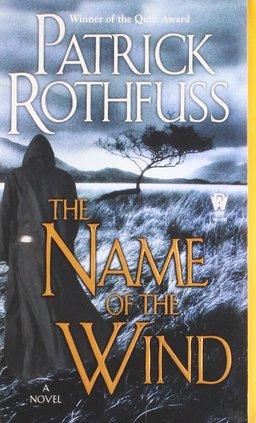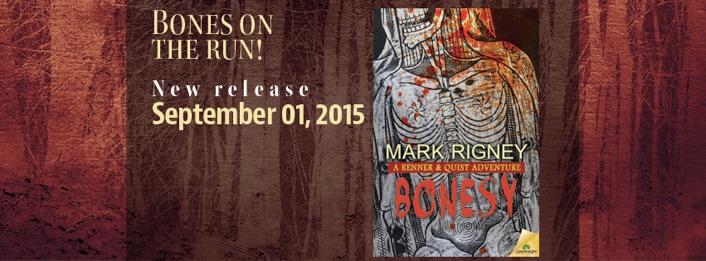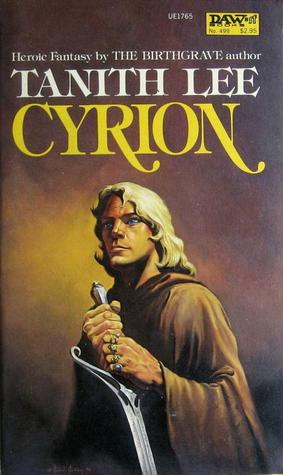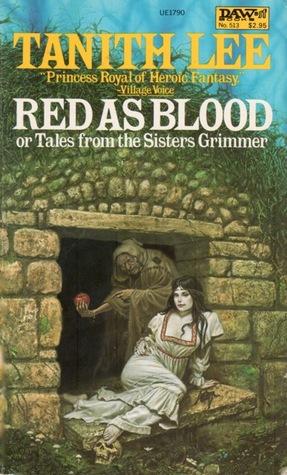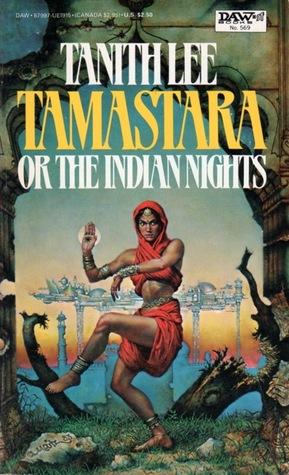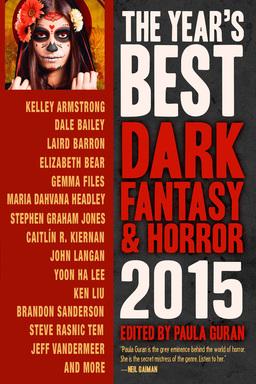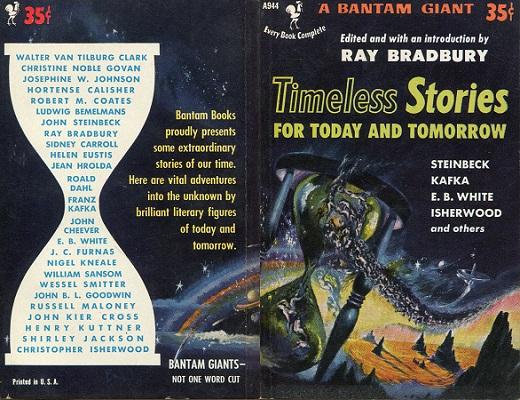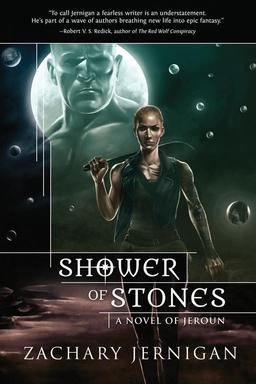New Treasures: Beyond Redemption by Michael R. Fletcher
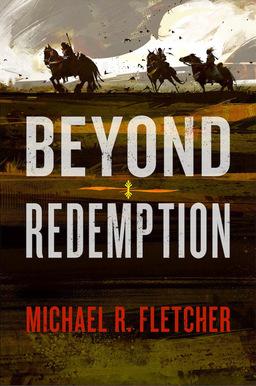 We all love to see new novels by our favorite writers. But this industry also warmly embraces new authors, especially when they bring something fresh and new. The latest hot buzz I’m hearing is for Canadian author Michael R. Fletcher, who’s just released his second novel, Beyond Redemption, the first in a gritty new series set in a world where delusion becomes reality… and the fulfillment of humanity’s desires may well prove to be its undoing.
We all love to see new novels by our favorite writers. But this industry also warmly embraces new authors, especially when they bring something fresh and new. The latest hot buzz I’m hearing is for Canadian author Michael R. Fletcher, who’s just released his second novel, Beyond Redemption, the first in a gritty new series set in a world where delusion becomes reality… and the fulfillment of humanity’s desires may well prove to be its undoing.
When belief defines reality, those with the strongest convictions — the crazy, the obsessive, the delusional — have the power to shape the world. And someone is just mad enough to believe he can create a god . . .
Violent and dark, the world is filled with the Geistrekranken — men and women whose delusions manifest. Sustained by their own belief — and the beliefs of those around them — they can manipulate their surroundings. For the High Priest Konig, that means creating order out of the chaos in his city-state, leading his believers to focus on one thing: helping a young man, Morgen, ascend to become a god. A god they can control.
Trouble is, there are many who would see a god in their thrall, including the High Priest’s own doppelgangers, a Slaver no one can resist, and three slaves led by possibly the only sane man left. As these forces converge on the boy, there’s one more obstacle: time is running out. Because as the delusions become more powerful, the also become harder to control. The fate of the Geistrekranken is to inevitably find oneself in the Afterdeath. The question, then, is:
Who will rule there?
According to Fletcher’s bio, the next two novels in the Manifest Delusions series, The All Consuming and The Mirror’s Truth, are already complete, and are currently being edited for release.
Beyond Redemption was published by Harper Voyager on June 16, 2015. It is 512 pages, priced at $15.99 in trade paperback and $10.99 for the digital version.
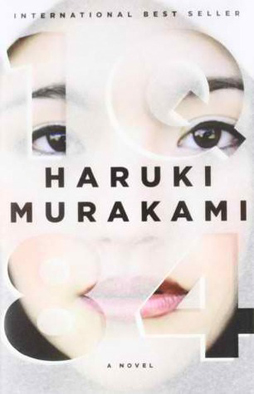 The first two books of Haruki Murakami’s 1Q84 were published in Japan in 2009, with the third following in 2010. Plans for a one-volume English edition were soon underway, with the first two books translated by Jay Rubin and the third, due to time pressures, by J. Philip Gabriel. The complete English edition, running over 900 pages despite the editing-out of some extended recap passages in the third book, appeared in 2011.
The first two books of Haruki Murakami’s 1Q84 were published in Japan in 2009, with the third following in 2010. Plans for a one-volume English edition were soon underway, with the first two books translated by Jay Rubin and the third, due to time pressures, by J. Philip Gabriel. The complete English edition, running over 900 pages despite the editing-out of some extended recap passages in the third book, appeared in 2011.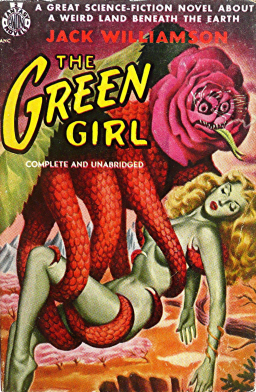
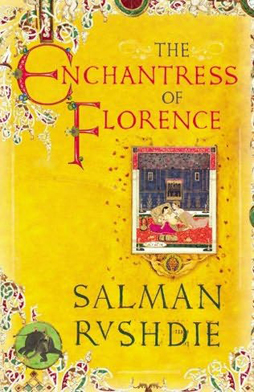 In some ways Salman Rushdie’s 2008 novel The Enchantress of Florence feels like a classic pulp fantasy entertainment. A bit less than a hundred years ago you could find a lot of pulp set in India, central Asia, and the Middle East: Harold Lamb recounting colourful histories of the great Mongol conquerors and Timur-Leng; Fritz Leiber imagining a pair of sword-wielding comrades
In some ways Salman Rushdie’s 2008 novel The Enchantress of Florence feels like a classic pulp fantasy entertainment. A bit less than a hundred years ago you could find a lot of pulp set in India, central Asia, and the Middle East: Harold Lamb recounting colourful histories of the great Mongol conquerors and Timur-Leng; Fritz Leiber imagining a pair of sword-wielding comrades 